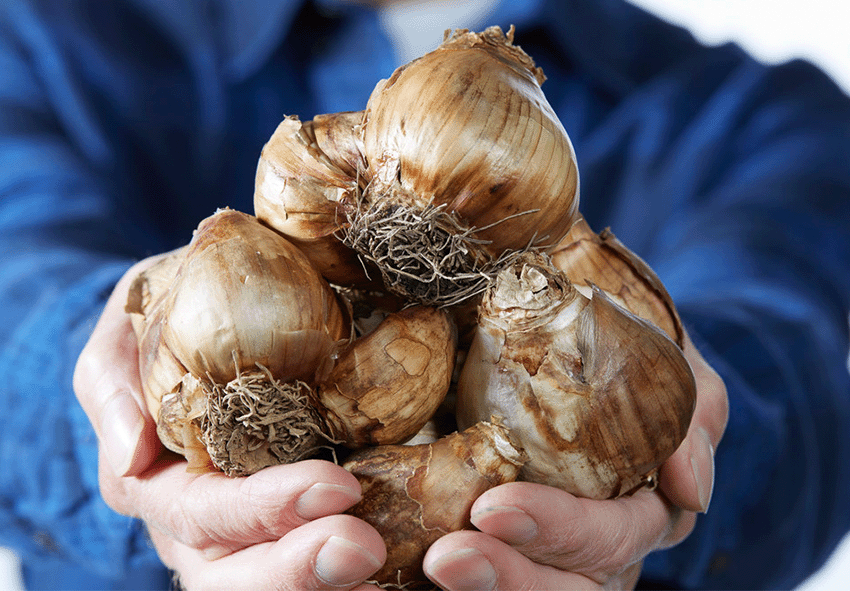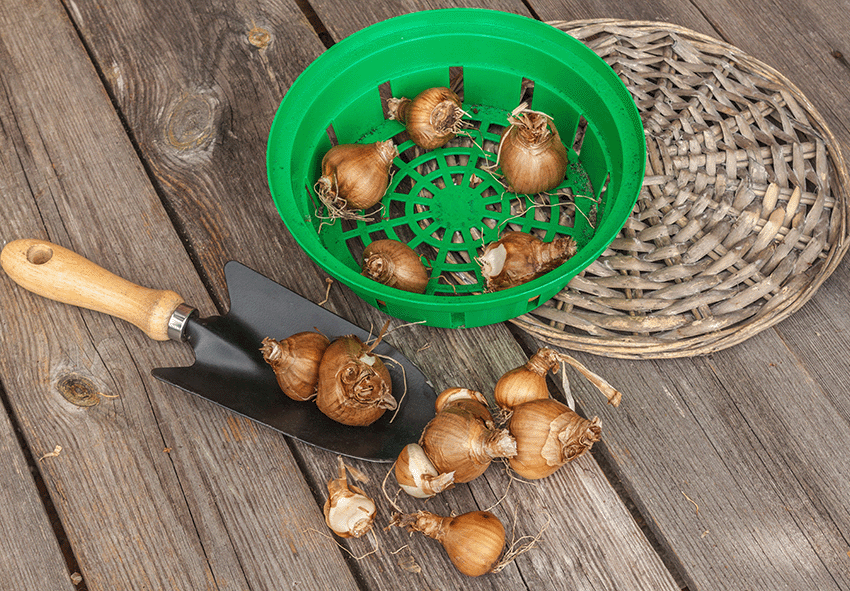Are you trying to find a plant that will give your landscape a splash of color? Do not look beyond the daffodil bulb! With the correct care, these cheery and vibrant blooms may flourish year after year and make a wonderful addition to any garden. Everything you need to know about planting daffodil bulbs, from comprehending their development cycle to solving typical problems, will be covered in this article.
Understanding Narcissus Bulb Dormancy and Growth Cycle:

Before you start planting daffodil bulbs, it’s important to understand their growth cycle. Narcissus bulbs, which include daffodils, go through a period of dormancy before they begin to grow. This means that the bulb is alive but not actively growing. During this time, it’s important to store your bulbs in a cool, dry place until you’re ready to plant them.
The daffodil bulbs will start to sprout in the spring as the weather begins to warm up. They’ll sprout a stem, which will ultimately bear a lovely bloom. The leaves will keep expanding after the flowers have blossomed and store energy for the development cycle of the next year in the bulb.
Best Time Window for Planting Daffodil Bulbs:
The best time to plant daffodil bulbs is typically in the fall, before the ground freezes. This allows the bulbs to establish their roots before winter and ensures they bloom in the spring. The specific planting window for daffodil bulbs may vary depending on your location and climate. In general, it’s recommended to plant daffodil bulbs about 2 to 4 weeks before the ground is expected to freeze.
For regions with a cold winter, planting daffodil bulbs in late September to early November is often ideal. This timing allows the bulbs to settle in and develop roots before the ground becomes too cold. In milder climates, you can plant daffodil bulbs later in the fall, typically in November or early December.
Assessing the Soil for Daffodil Bulbs:
Before you begin planting daffodil bulbs, you should evaluate your soil. Daffodils demand well-drained, organically rich soil. Consider adding compost or sand to aid drainage if your soil is thick and clay-like. It’s also critical to keep the soil pH between 6.0 and 7.0 since daffodils appreciate slightly acidic soil.
Step-by-Step Guide for Planting Daffodil Bulbs:

Now that you understand the growth cycle of daffodil bulbs and have assessed your soil, it’s time to start planting! Here’s a step-by-step guide to help you get started:
- Choose a sunny location for your daffodil bulbs.
- Dig a hole that is 3-4 times deeper than the height of the bulb.
- Mix in compost or sand with the soil at the bottom of the hole.
- Place the bulb in the hole with the pointed end facing up.
- Cover the bulb with soil and pat it down gently.
- Water the area thoroughly.
Troubleshooting Common Challenges:
Even with the utmost care, growing daffodils may present some obstacles. Here are a few frequent issues and how to solve them:
- Yellowing foliage: If your daffodil plant’s leaves are turning yellow, it might be due to overwatering or inadequate drainage. Make sure the soil is well-drained and, if required, limit watering.
- If your daffodil plant isn’t blooming, it might be due to a lack of sunshine or insufficient soil nutrients. Check that your plant is receiving adequate sunlight and think about adding fertilizer to the soil.
- Pests: Although daffodils are pest-resistant, they may attract slugs or snails. Consider applying a natural pesticide or manually removing any bugs you see.
You’ll be well on your way to planting gorgeous daffodil bulbs in your yard if you follow these guidelines. Happy gardening!
Frequently Asked Questions (FAQs) about Daffodil bulbs
1. When is the best time to plant daffodil bulbs?
The ideal time to plant daffodil bulbs for a stunning spring display is in the fall, typically between late September and early November. This allows the bulbs to establish roots before winter sets in, ensuring a strong foundation for robust spring growth and vibrant blooms. Plant them at a depth of about 3 to 6 inches, with the pointed end facing upwards.
2. Can I plant daffodil bulbs in the spring?
While it’s possible to plant daffodil bulbs in the spring, it’s not recommended. Planting in the fall provides the bulbs with the necessary cold period for proper dormancy, which is essential for flowering. Spring-planted bulbs may not bloom until the following year, and their performance may be less reliable.
3. What are the soil and light requirements for daffodils?
Daffodils thrive in well-draining soil with good organic matter content. They prefer full to partial sunlight, so choose a location that receives at least 6 hours of direct sunlight per day. Ensure the soil pH is neutral to slightly acidic for optimal growth.
4. How do I care for daffodil bulbs after planting?
After planting, water the daffodil bulbs thoroughly to settle the soil and encourage root development. Once they’re established, water moderately during dry spells. Deadhead the spent blooms to divert energy back to the bulbs and leave the foliage in place until it turns yellow, as it helps the bulb recharge for next year’s growth.
5. Can I order Dutch daffodil bulbs from your online store?
We’re excited to offer a variety of daffodil bulbs in our online store. Our selection includes classic and unique daffodil varieties to enhance your spring garden. Ordering from us ensures you receive high-quality bulbs that have been stored and handled with care. Check our store for availability and enjoy the convenience of having top-quality daffodil bulbs delivered to your doorstep, ready for planting in the fall.
Published: 25.05.2023
